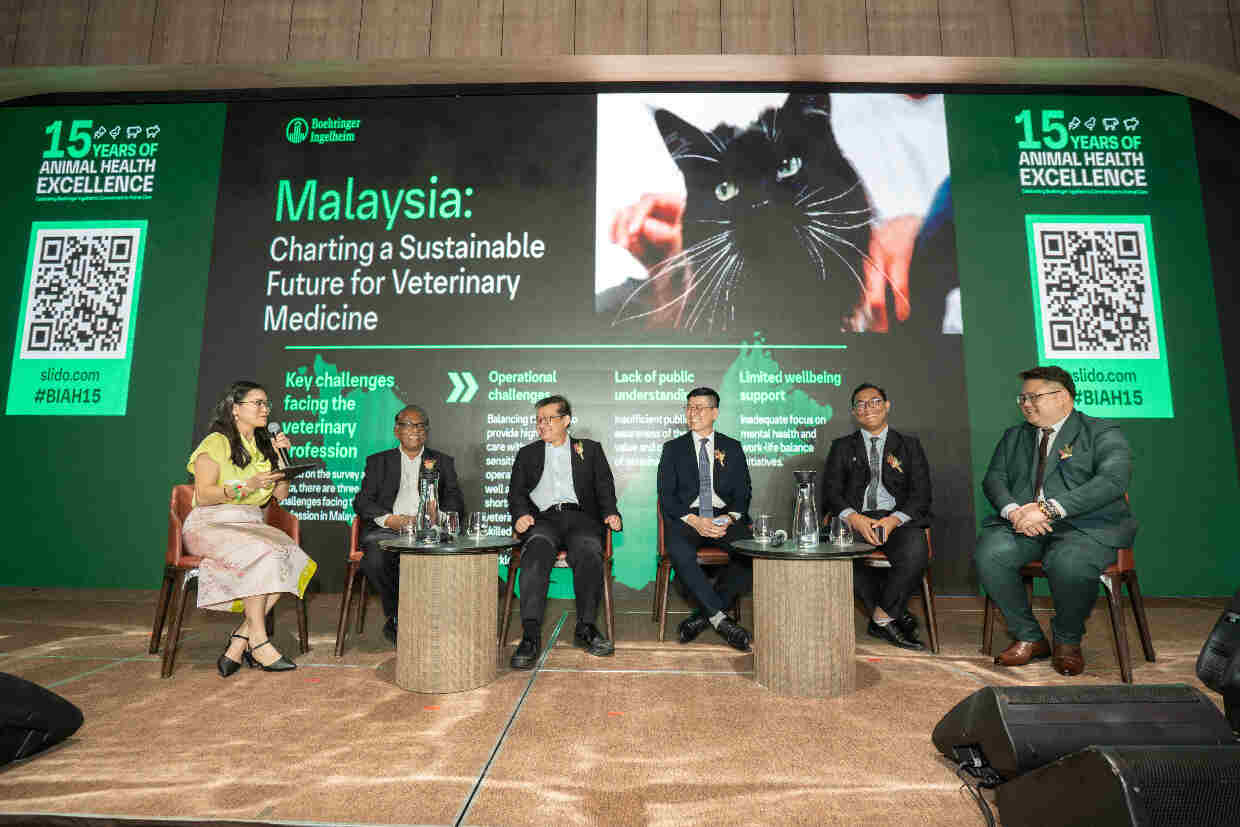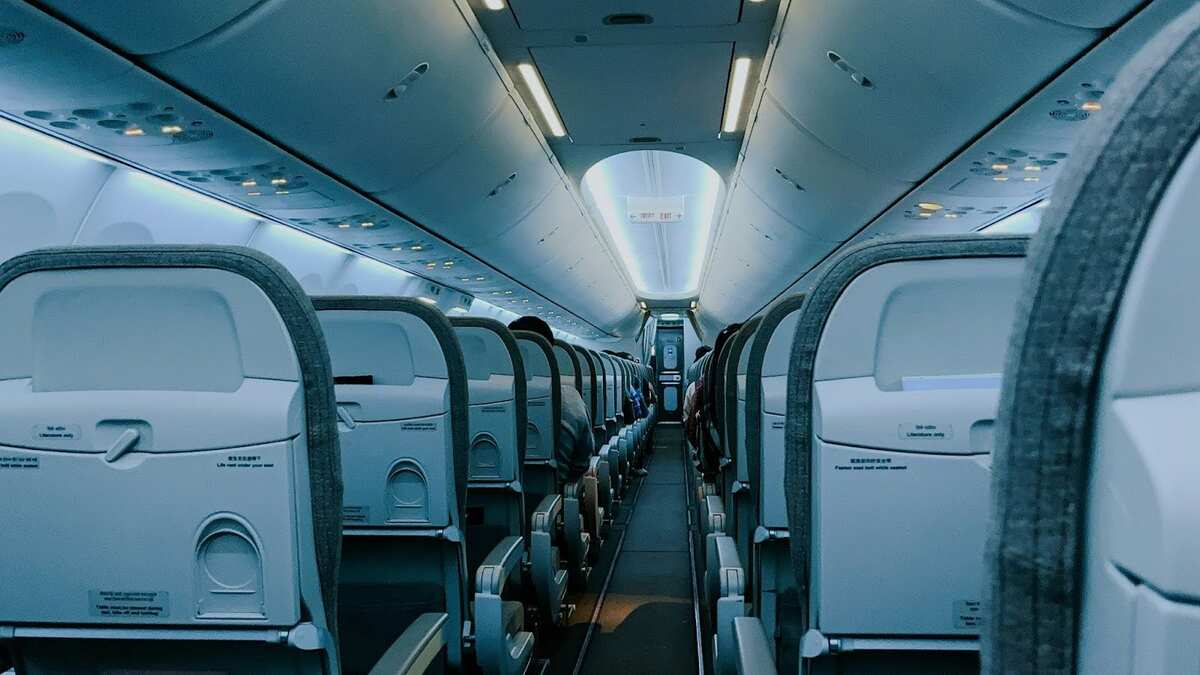
At the Fourth Sabah Surveyors Congress held here late last month, real estate projects under the NEM Economic Transformation Plan were scrutinised for their impact on growth and job creation.
Many Sabahans now work in Kuala Lumpur at high-paying jobs with multinational companies. These workers do not have the same prospects in Sabah, but if these ‘expatriates’ return here to work, their skills, exposure, experience and networking would enable them to lead an economic transformation of their own.
One of the more interesting findings at the Fourth Sabah Surveyors Congress was that the rise in the price of fuel has a greater impact on the Sabah public, because of the poor public transport system and the absence of a mass rapid transport system in Sabah’s urban areas.
Sabahans have little choice but to drive, and rising fuel costs diminish their disposable incomes more than people in the Klang Valley, who are better served by a wider range of public transportation. Sabah is the second largest Malaysian state, and its longer distances contribute to a higher cost of living.
Therefore the location of homes and their proximity to places of work or study are now taken into greater consideration by the public (if they have a choice) than before.
Some of the factors are fuel, vehicle prices, maintenance, spare parts, parking charges in urban areas and depreciation from higher wear and tear from some bad road conditions.
For example, for a couple that lives in a 609 sq-ft, low-cost flat costing about RM60,000 in Telipok, their daily commute to Kota Kinabalu in their economical Perodua Rusa costs at least RM10 per day in petrol.
In a month, they would need to budget between RM250-RM350 for petrol expenses. The couple’s joint income amounts to some RM1,800 a month.
With a housing loan, three school-going children and vehicle maintenance, they said they could hardly save for a rainy day at the end of end month, and depend on their annual bonuses for relief.
For a worker living in a Tanjung Aru low-cost flat, and another at a Taman Jumbo low-cost house in Petagas, working in Lintas Square and Heritage Plaza, respectively, their daily grind entails waking up early enough to catch the irregular early bus down to Kota Kinabalu before boarding the only bus there that goes to the vicinity of their workplace before 8.30 a.m.
Because of the indirect and fragmented bus route to work, they spend at least RM5 to RM6 daily.
One delegate at the Congress remarked: “We can only dream of the MRT or LRT for now.”
When the YTL Group proposed a high speed train line from KL to Singapore 10 years ago, the train’s speed was given at 260km/h. Now, a new generation of high-speed trains can reach 380km/h.
The YTL KLIA Express hits around 135km/h.
Sabah has new trains that can reach 80km/h, an improvement over the 50km/h old trains.
At the last Sabah International Expo in Kota Kinabalu last year, at the Spain booth, it was revealed that they have trains capable of 500km/h.
In China, they are testing trains that reach 600km/h.
Sabah trains are just about four times slower than others.











